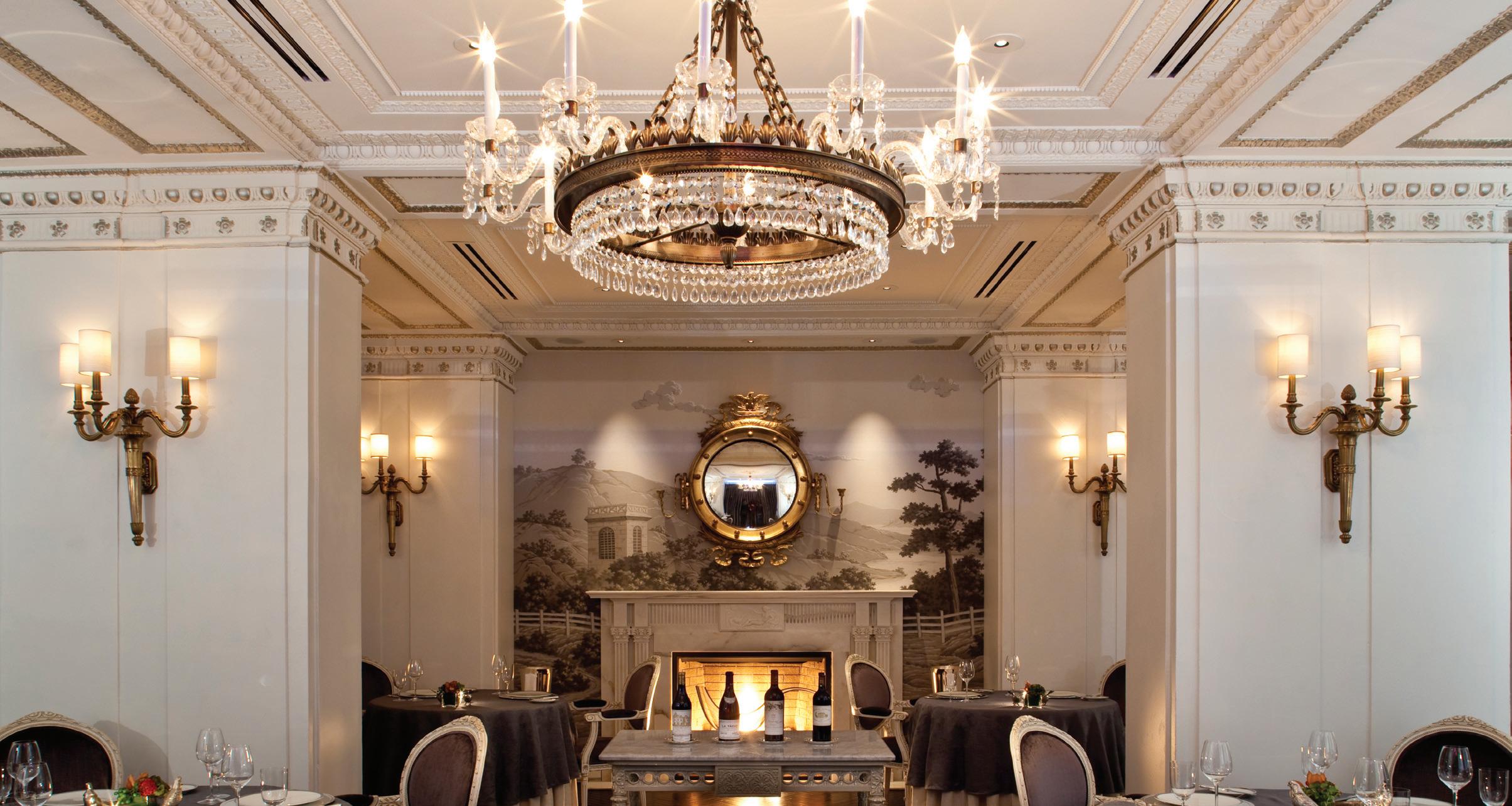
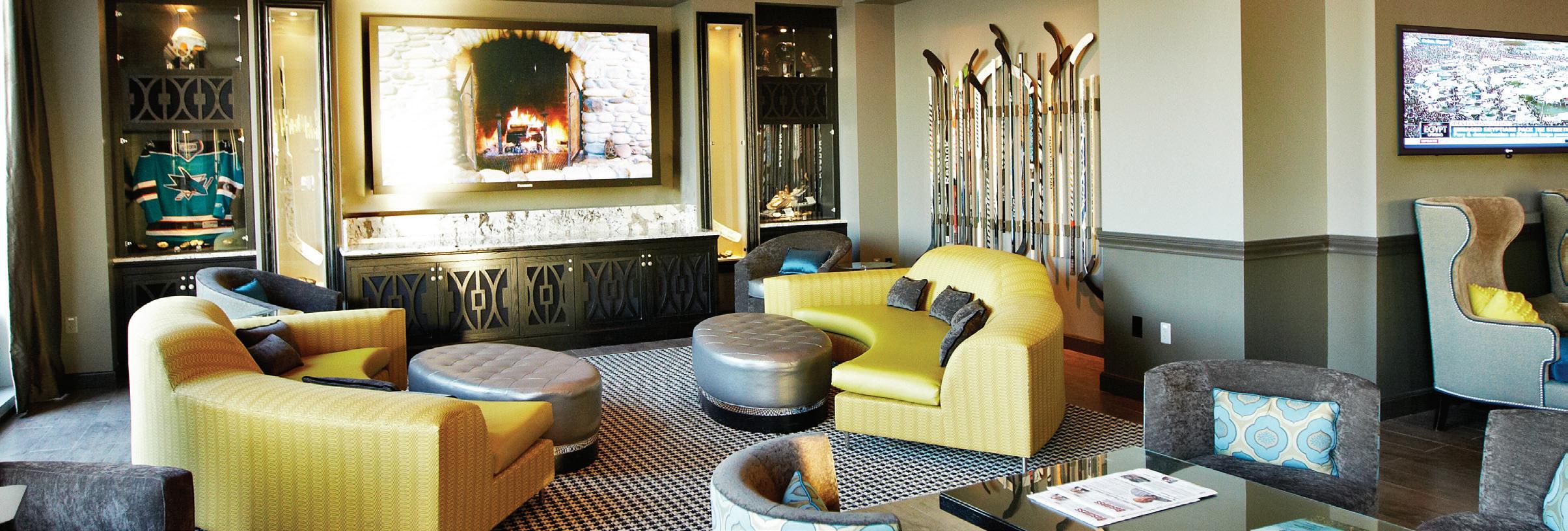
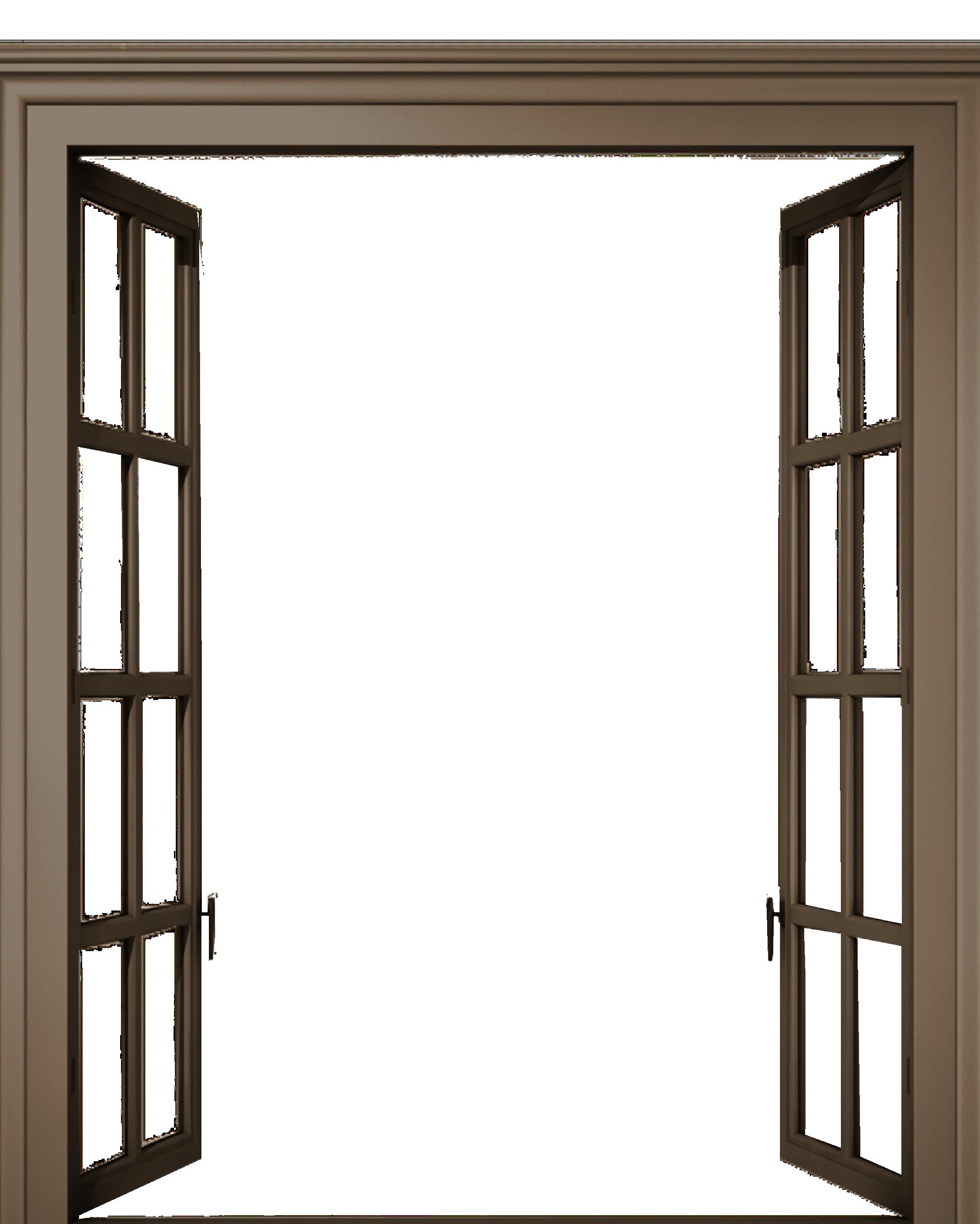
A Chambers Publication hot products Teen Spaces p. 2 trending Full-On Fitness p. 6 the club experience The Process of Branding p.7 ISSUE Nº 11 • SUMMER 2014
Friends —
Changes going on in the club world right now are either pretty exciting or pretty scary or, we expect for many, a little bit of both.
Long a fairly insular world, clubs are facing pressure to modernize to meet the needs of members no longer content to enjoy a club that is light years (decades, that is) away from the amenities and even aesthetics of the outside worlds they experience and enjoy.
Sure — that can be a little scary. But with the right amount of vision and planning, letting a little of the outside world in doesn’t have to be a threatening prospect.
Here, we take a look at external trends that are, could or perhaps even should make their way into the club world. And at the process of redefining club brands to follow suit.
Where are you on the spectrum? We look forward to hearing about your experiences.

Regards,

 Rick Snellinger President & CEO
Bob Hickman Chairman of the Board
Rick Snellinger President & CEO
Bob Hickman Chairman of the Board
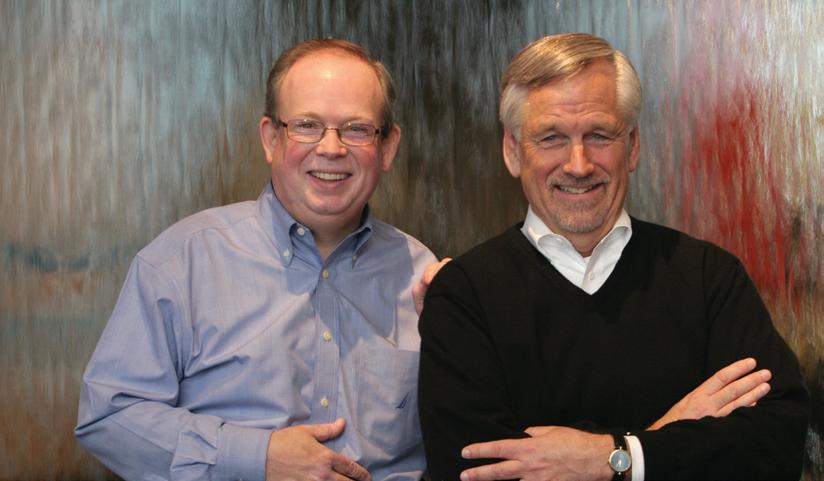
Mom and Dad’s club hasn’t traditionally ranked high as a place where teens and tweens want to hang out on a Friday or Saturday night. A club space for teens that is entertaining, stimulating and safe? We took the challenge straight to the source, gathering a group of 12- to 18-yearolds. Boy, did they have ideas!
Their requests included sports, games, TVs (with X-Box, of course), a place to order food and drinks — with a specially designed menu — and comfortable seating. Look what our designers came up with! So much, in fact, we couldn’t limit our selection to just these pages, so make sure to subscribe to see the full teen room selection. L
They made fun…funner, quadrupling its size and blowing it up!
From Hammacher Schlemmer
a note from chambers 2 ] chambersusa .com
For ideas about the ideal teen hang out, we went straight to the source
chambers is proud to be a cmaa cap
ALLIANCE
sponsor.
PARTNER BRONZE
For product information, contact Club Furnishings Associates at clubroad@chambersusa.com C L UBH O U SE FURNISHINGS ASSOCIATES Teen hot products s • p • a • c •
• s
e
EFT FOOT,
YELLOW
subscribe today at chambersusa.com/subscribe
AGELESS, TIMELESS
Shuffleboard’s not just for retirement communities anymore. You may have to kick out some of the older members to keep your hang out teen-centric.
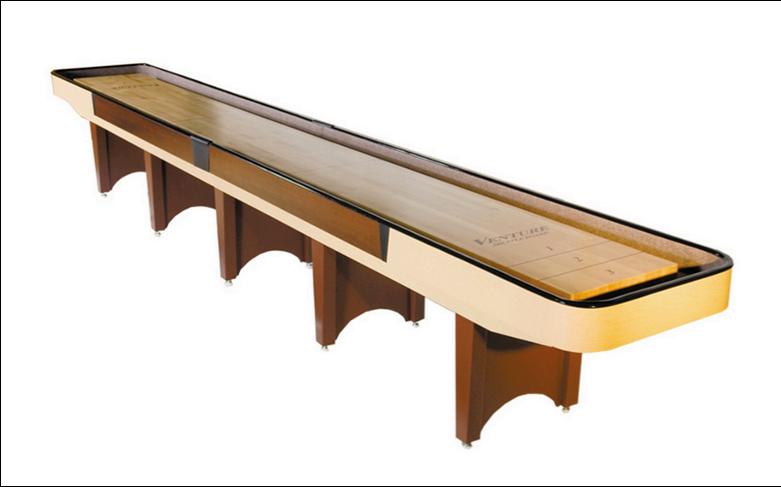
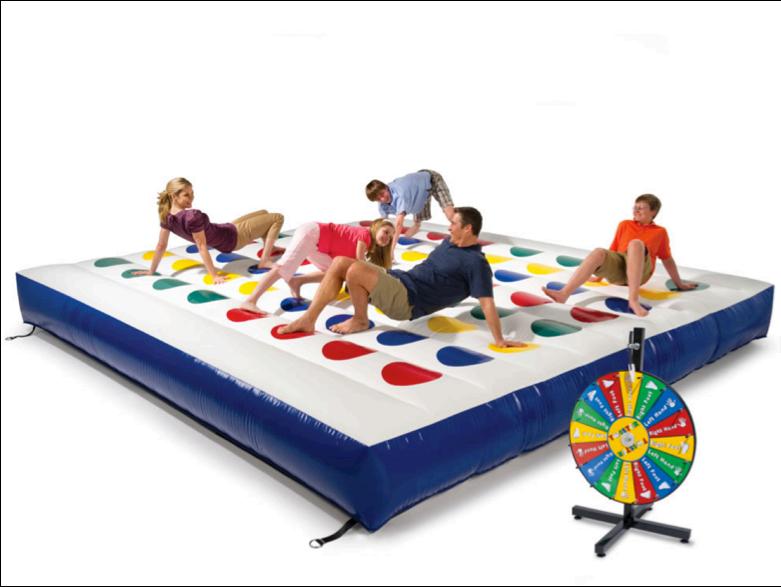
FOR BETTER OR FOR WORSE…
TVs may not be a parental priority for their teens, but a source for video games and movies is, frankly, a must. This one makes both possible, as you can watch two programs at once.
Samsung’s 55” OLED S9C Series TV

PUZZLE CRAZY
At 32,000 pieces, this Keith Haring puzzle is in the Guinness Book of World Records as the largest puzzle in the world. Surely, that’ll keep ‘em busy!

clubroad@chambersusa.com [ 3 club road Issue Nº 11/SUMMER 2014 Club Road is a quarterly publication of Chambers. Managing Editor: John Snellinger clubroad@chambersusa.com 410.727.4535 planning / architecture interior design / purchasing www.chambersusa.com INSIDE this ISSUE 2 Hot Products: Teen Spaces 4 Outside Influence 6 Trending: Full-on Fitness 7 The Process of Branding 8 Behind the Curtain: Charlie Turner
The Classic ShuffleBoard table by Venture ShuffleBoard
1899
Keith Haring Double Retrospect puzzle by Ravensburger
Outside Influence
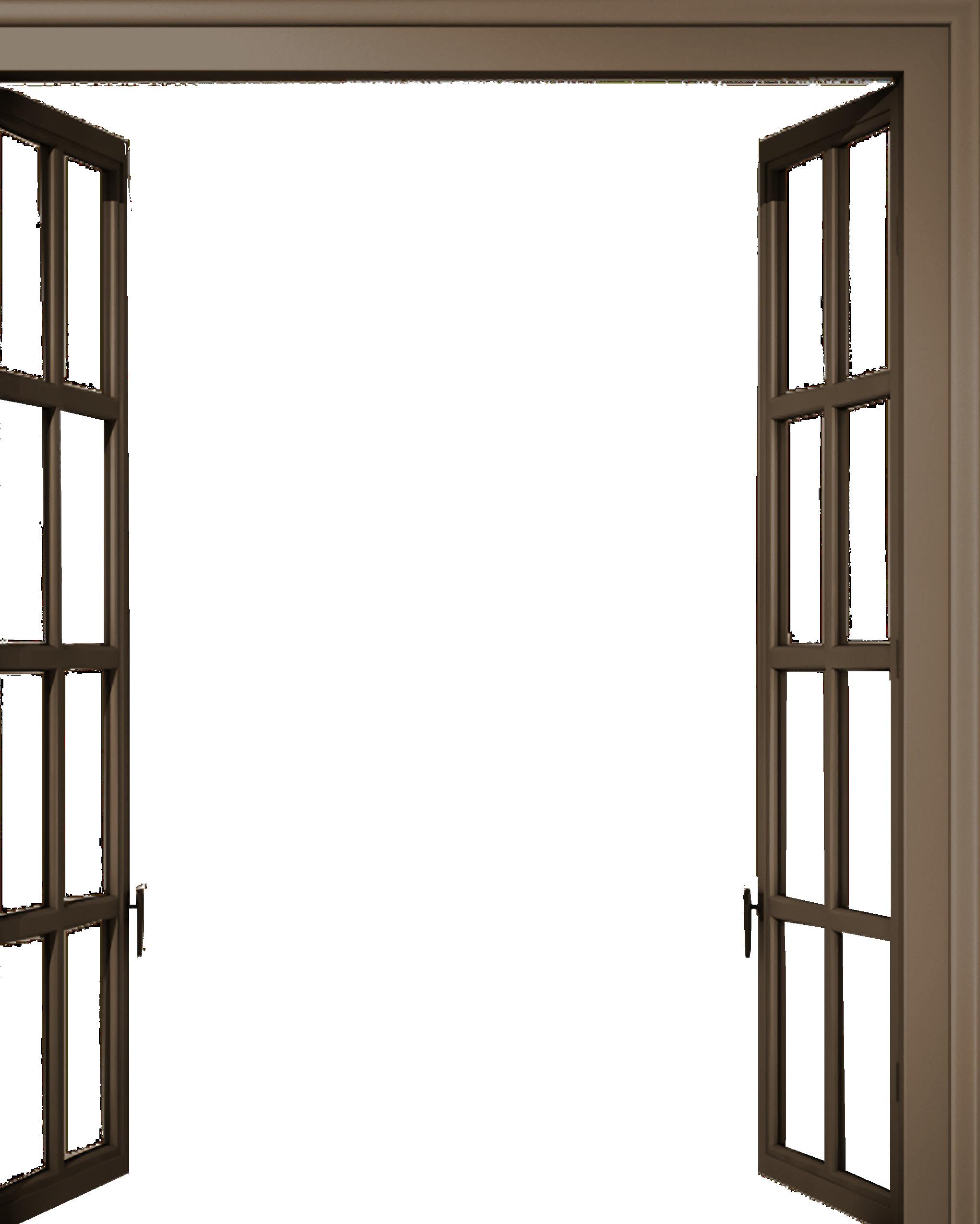

HOSPITALITY, MIXED-USE, COMMERCIAL AND RETAIL DESIGN SHIFTS REFLECT CHANGING LIFESTYLES. WILL CLUBS FOLLOW SUIT?
We often think of our clubs as oases separate from much of our everyday lives. In here, we’re away from the office, the shopping mall, the incessant checking of smart phones, the chatter of the masses. For those who plan, design and manage clubs, however, there is a risk of becoming too insular. The truth is, from a design, functionality…experience…standpoint, there’s a lot going on out there that has a rightful place inside our club walls. Because a lot of what’s going on — in hospitality design, mixed-use and commercial development, retail and more — is both reflection of and influence on the way people (club members!) live their lives. And we would be remiss not to give consideration to what’s likely to enhance the club experience for our members, current and future.
We turned to two ideal sources for insights on outside influences that should find a place inside clubs: Charlie Turner, director of interior design at Chambers, who brings a background in hospitality and luxury multifamily design to creating club interiors, and Dave Woodyard, formerly executive vice president of business development at ClubCorp, which owns and operates more than 150 clubs in the U.S. and abroad. These are some of the areas of focus in non-club design that they see as having the greatest potential for influence.
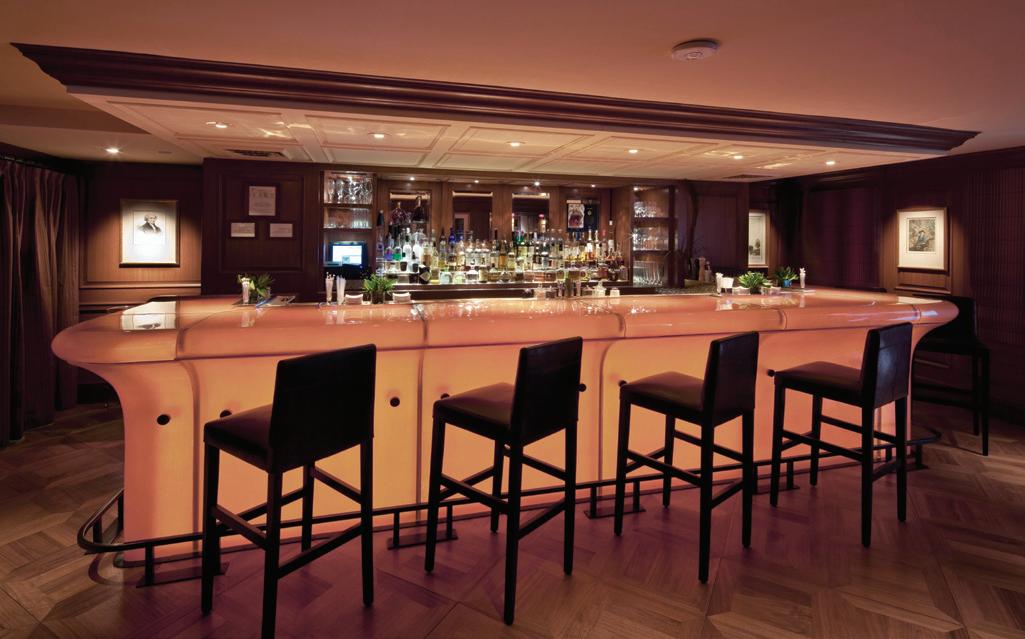
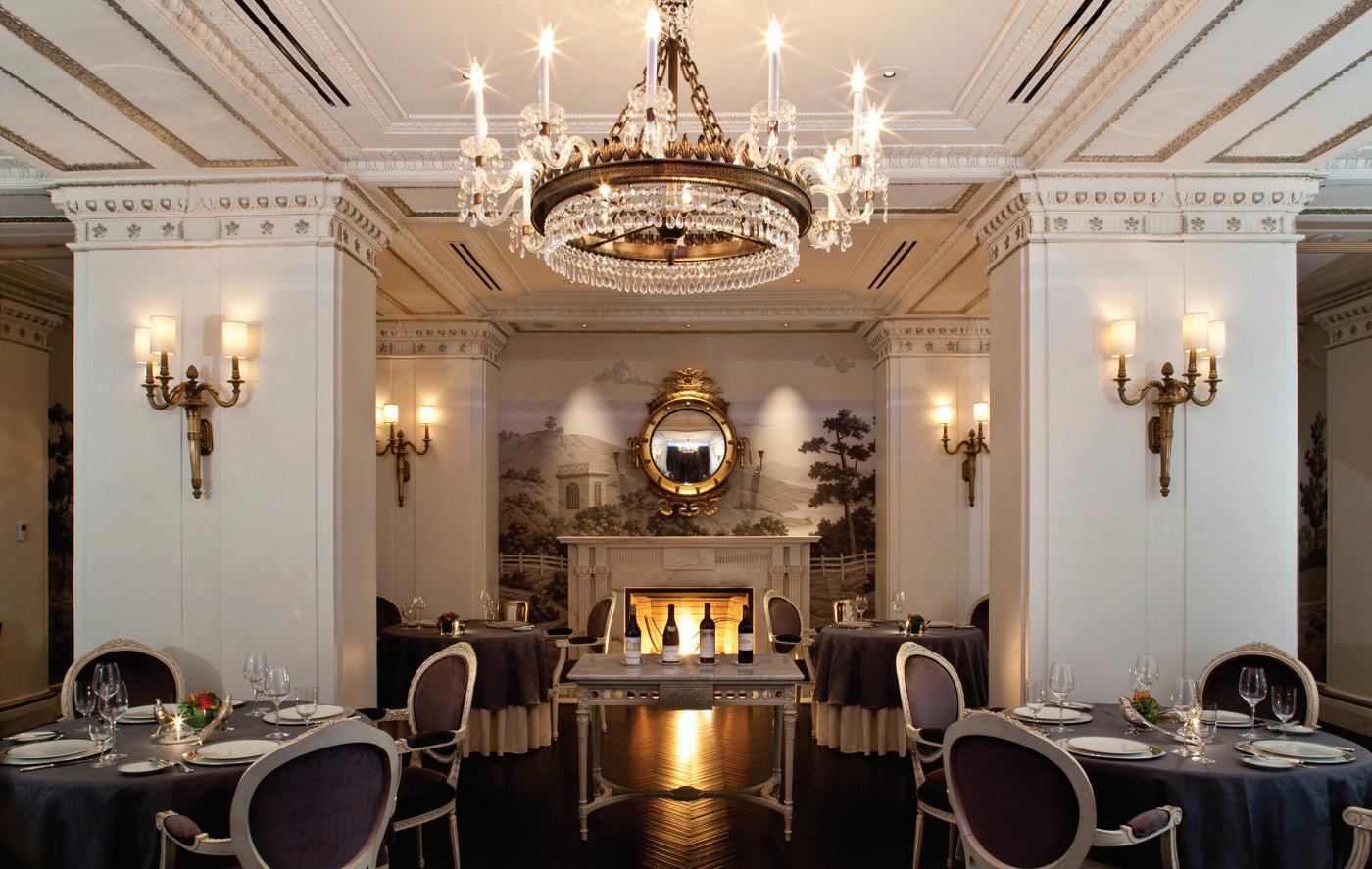
featured 4 ] chambersusa .com
Photos above: Recent renovation of The Jefferson Hotel in Washington, DC effectively showcases the history and lore of its presidential namesake while also introducing aesthetics and amenities worthy of its world-traveling guests.
Interior design: ForrestPerkins, Washington, DC. Photography: Stirling Elmendorf
BRANDED EXPERIENCES
Hospitality venues are successfully branding a way of life. Boutique hotels are creating branded restaurants and bars that have turned formerly default gathering spaces into destination experiences. Clubs are starting to see value in the same.
INTIMATE SPACES
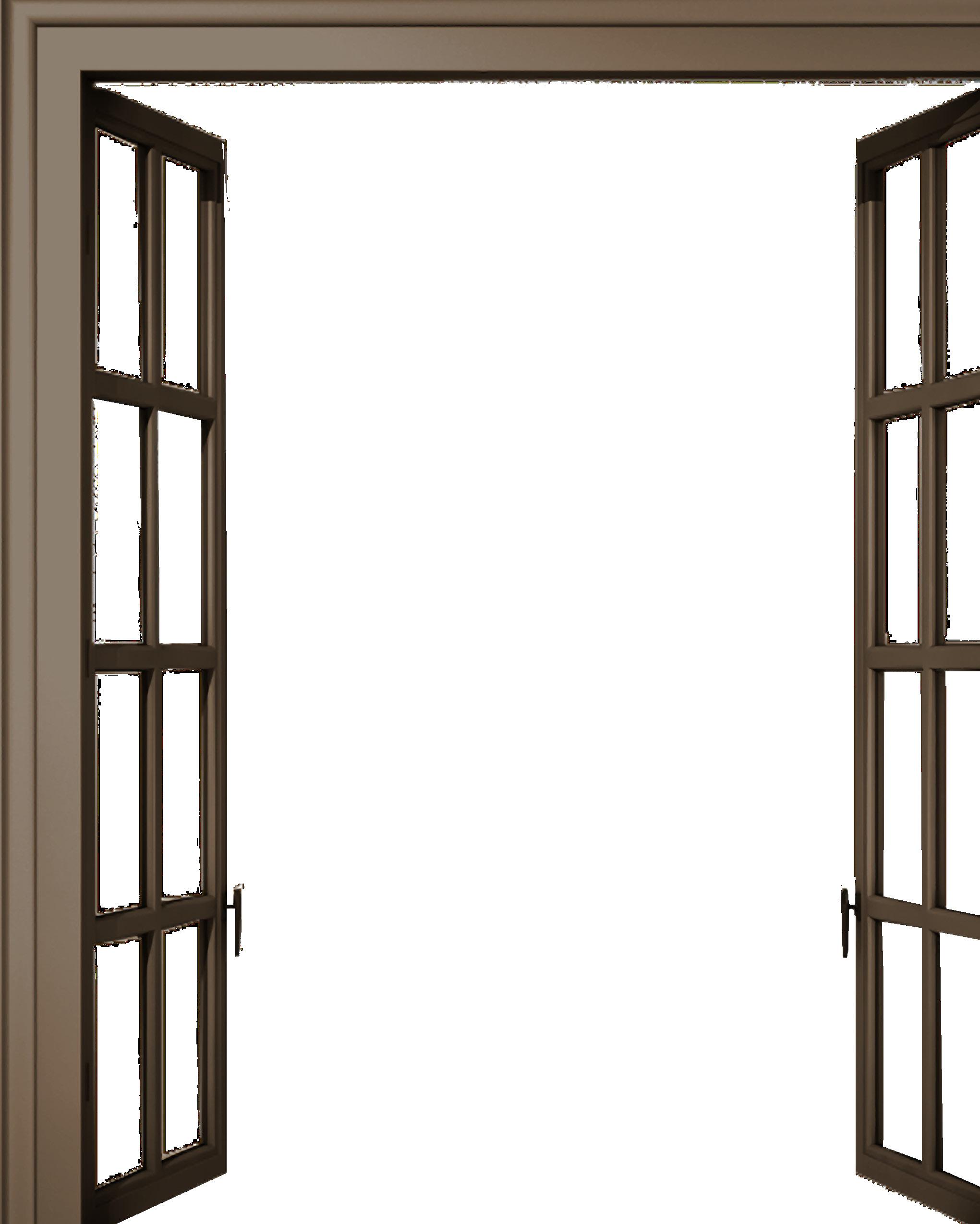
Woodyard predicts (and is already seeing) the demise of generic, cavernous and institutionally lit spaces in country, city, golf and yacht clubs. Dedicated lighting, small alcoves, wine rooms and meeting spaces… zones crafted architecturally…
STORYTELLING
“Clubs can tend to look very similar from city to city,” says Turner, who likens their often “safe” design aesthetic to chain hotels — though even those are starting to take the lead from their boutique counterparts.
A PLACE TO WORK
Clubs have long been addressing member needs for formal meeting spaces. But as more folks telework, work out of their homes and/or simply look for more casual work spaces where they can sit or even spread out a few papers…
COMMUNAL DINING
Bars that serve as central dining room features, communal tables, more lounge seating than formal dining tables — as dining and drinking continue to become as much or more entertainment as they are sustenance, the club…
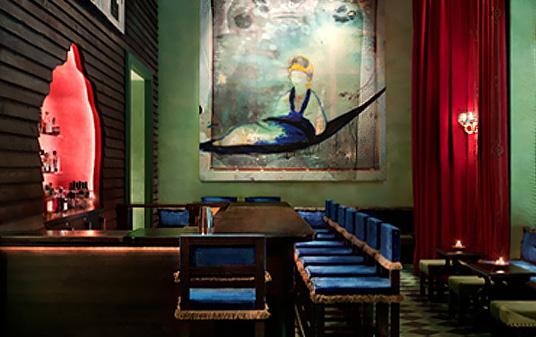
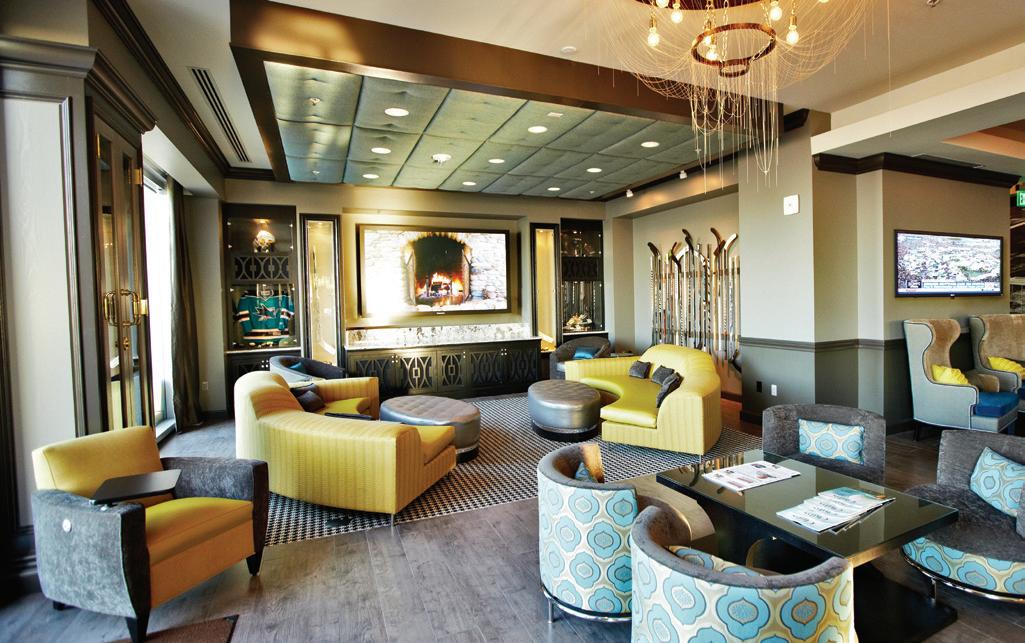
MAKING THE LEAP
“Members want spaces reflective of their lives,” says Woodyard, warning that clubs that are too cautious risk losing relevancy, especially to new members. “There is tremendous potential for clubs willing to look outside their own walls at what is proving successful in the outside world,” says Turner. Both acknowledge that it may take a push (or a gentle nudge, at the least) to move clubs beyond what’s “safe.” The successes of evolutionary moves in hospitality and mixed-use development offer proof of their potential for the club industry. Who’s ready to take the plunge?
The Gramercy Park Hotel in New York (top) blends seemingly disparate architectural and interiors styles. The Silicon Valley Capital Club (bottom), a ClubCorp property, captures trends in mixed-use and hospitality design that appeals to members old and young.
WHAT DO YOU SEE MAKING IT’S WAY IN?
TELL US WHAT YOU THINK ON OUR BLOG!

featured [ 5
clubroad@chambersusa.com
read the full story at clubviewblog.com
n our Club of the Future survey — and in virtually every club conversation we’ve had since — improved fitness offerings emerge as the number one priority of clubs considering renovation or expansion. And a typical complaint of those who’ve recently added or modified fitness facilities? “We built it too small!” That mistake is most often a result of inadequate research and too-modest expectations (often simple risk aversion). “The fitness center not only provides tremendous member value,” says Stephen Tharrett, co-founder of Club Intel, a club industry-focused market research firm, “it should also be a part of your growth strategy.”
How not to make the mistake of underestimating your club’s fitness needs? We asked Tharrett for his best advice. His top tips:

Make sure you understand thoroughly the demographics, needs and wants of your membership so that you can plan your space and address needs appropriately.
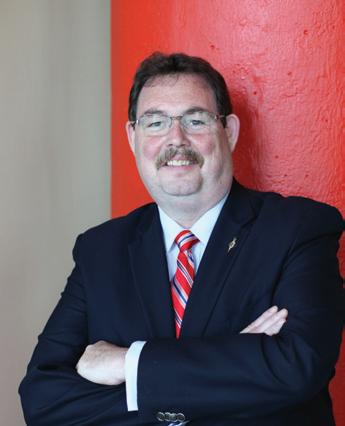
3 4
aerobic activities) with a mind and body studio (yoga, Pilates, Zumba), massage and spa services, perhaps even alternative offerings such as acupuncture, chiropractic services and reike (a relaxation technique for stress reduction).
Purposefully consider the design of your fitness center, allocating specific spaces for stretching, cardio, wellness services, biking, mind/body exercises and an open functional space that allows both younger and older members to participate in high- and nonimpact movements.
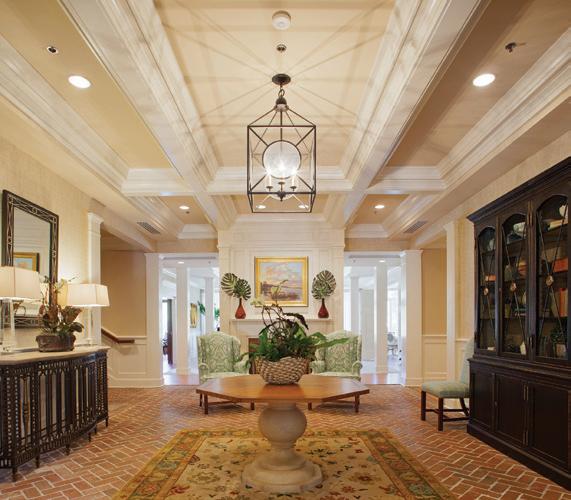
1 2 read the full story at clubviewblog.com
Consider a full wellness approach. Appeal to the diversity of your membership by combining traditional offerings (machines, weights, training,
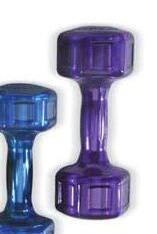
chambersusa .com 6 ] MORE FROM CHAMBERS CLUBVIEWBLOG.COM: Read Skip Avery's latest posts • YOUR PLANNING PARTNER —FORGE A COMMITTED RELATIONSHIP > • PLANNING — (SHOULD BE) MORE THAN BRICKS AND MORTAR > IN THE NEWS: • CHAMBERS SELECTED TO DESIGN NEW GREENVILLE SC COUNTRY CLUB CLUBHOUSE > • CHAMBERS WINS GOLF INC. CLUBHOUSE RENOVATION OF THE YEAR FOR LONG COVE CLUB ways to connect www.chambersusa.com subscribe! baltimore 410 727 4535 dallas 972 253 3583 clubroad@chambersusa.com trending FULL-ON
TOP FITNESS CENTER CONSIDERATIONS }
FITNESS
Maintain a proper organizational culture with fulltime employees. By hiring the right people, you are able to maintain accountability and offer a high-touch experience that even commercial clubs aspire to and are trying to replicate. And smaller clubs don’t need to be left out — engage personal trainers as subcontractors. >>
Process. Schedules. Numbers. Results. Together, at the core of a club executive’s management success. When it comes to club “branding” — increasingly on the minds of many of the club managers we talk with — a lot of GMs seem at a bit of a loss. Is there a process for defining, changing, instituting and even promoting a club brand? Are there steps a club should undertake in evolving the very things it stands for? Can the results be measured?
In a word, yes.
The best time to consider your brand, frankly, is anytime it’s necessary: when your brand is relevant but not well enough known, when it has evolved but old perceptions linger, or when it has grown irrelevant and needs to change.


We recognize the inherent opportunity when a club undertakes major change — the opportunity to refine and/or define itself for the future. So much so, in fact, that we’ve built branding into our planning process. If you’d like a more in depth look at Chambers’ branding approach, please feel free to get in touch at clubroad@chambersusa.com.
What's BRAND got to do with it?
Chambers on club branding — what and why
[ 7
clubroad@chambersusa.com
THE
OF the club experience read the full story at clubviewblog.com
PROCESS
SUBSCRIBE
chambersusa.com/subscribe
TODAY!
Bigger rewards
Charlie Turner, ASID, NCIDQ Director of Interior Design

Charlie Turner was on his way to law school when he made the life-altering decision to give it a try first, as a paralegal. It didn’t take long for him to figure out that being an attorney wasn’t going to adequately challenge his creative side. The rest, as they say, is history. Charlie went back to school, deciding instead to turn a childhood spent around construction sites (his father was in the business), an artistic passion (he’s been painting since grade school) and a keen interest in hospitality design (he’s a selfdescribed restaurant junkie) into a career as an interior designer.
As an interior designer, what appeals to you most about working with clubs?

Two things, I’d say. The variety of spaces — you can be working on a fitness center one day, an entry vestibule the next…dining spaces, bars, locker rooms…it always keeps me interested and engaged. And I really like the interaction with members. These folks are emotionally engaged and interested in the project outcome, which makes it a really rewarding experience for a designer.
You bring a lot of different experiences to clubs, having worked with retail, mixed use, hospitality, commercial and other environments. How do those influences affect your approach to club design?
Clubs are a blend between commercial, residential and hospitality that, together, have to evoke a certain feel and perform at a high level.
Who (or what) has been the greatest influence on your design approach and style?
Boutique hotels — what Ian Shrager has done, places like the Sagamore Hotel in Miami. How they treat you, how the places make you feel, how music and food blend with the interiors…everything blends together to create an experience that engages you. And that it’s all part of the hotels’ brands…that intrigues me.
Tell us a building interior you looked at and simply said, “Wow.”
The East Gallery of the Museum of Modern Art in New York. When I first stepped into it, it became a turning point in my life. That an environment can make you feel a certain way — that’s why I chose interior design. It’s also why I like restaurant design — that sense of drama.
You mentioned restaurant design. From a design perspective, tell us three of your favorite restaurants.
Rogue 24 in Washington, DC — everything about it is part of its brand. The entrance is hidden; you have to go down an alley. Small little windows on the outside let you…peek
Photos (top to bottom): rogue24.com; moma.org; thesagamorehotel.com; archiproducts.com; therivercafe.com; moma.org Get in touch with Charlie at cturner@chambersusa.com read the full story at clubviewblog.com





 Rick Snellinger President & CEO
Bob Hickman Chairman of the Board
Rick Snellinger President & CEO
Bob Hickman Chairman of the Board




















